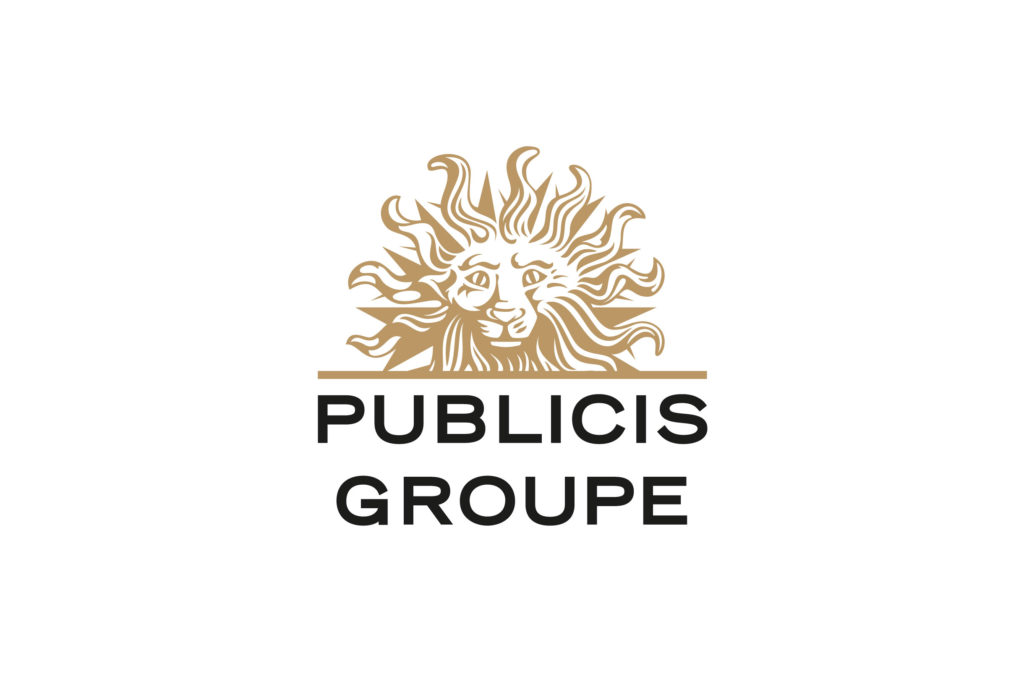When we hear words like this from a tech giant like Google, it shows how challenging it is to tamper with the foundations of digital advertising. We haven’t had many instances in history where we’ve been able to postpone the apocalypse, but that’s what happened with the planned end of 3rd party cookie support in the Chrome browser. When in January 2020 we learned about this decision and especially about the deadline set for the end of 2021, we could not talk about surprise because similar steps had already been taken by Safari and Firefox manufacturers. Nevertheless, the scale of Google’s browser market share, exceeding 60-70%, makes the changes that concern it affect the entire advertising market. The proposed alternative to Chrome is the Privacy Sandbox, which consists of a number of solutions that abandon direct user identification in advertising systems, and replaces it with statistical modeling and shifts to the browser e.g. processing of conversion attribution information.
On June 24, 2021, 6 months before the expected date, Google announced a 2-year postponement. The current roadmap assumes 2 phases:
- Phase 1 – starting in late 2022 and introduced after the testing phase of the new Privacy Sandbox solution. During this time, the advertising market will get time to migrate its services and solutions. This is planned to last 9 months and take industry feedback into account.
- Phase 2 – a 3-month phase-out of 3rd party cookie support will begin in mid-2023 and is expected to be completed by the end of the year.
For the entire digital industry, 3rd party cookies have been the foundation of user identification for many years. Only thanks to them can the technologies we use in campaigns to do the following:
– measure reach and frequency
– attribution modelling
– measure of poct-click and post-view conversions
– audience targeting, e.g. by data brokers in programmatic systems; this also includes remarketing
– capping
– the functioning of DMP-class tools
At first glance, one can see that without a real alternative, the lack of cookies would actually block fundamental possibilities of running digital campaigns. At this point it is worth noting what Google’s decision tells us and in what context it appears:
- In fact on the last leg, the main “perpetrator” of the confusion extends the time to prepare the project two times. This shows how much is still to be done.
- Privacy Sandbox testing hasn’t even started in Europe because of a potential conflict with the GDPR directive.
- The Competition Regulation Authority in the UK has taken a stance to define the Privacy Sandbox initiative as monopolistic.
- The marketplace has not prepared a viable alternative to maintain all existing processes, including scale.
We know that the efforts made to date by all market participants to prepare for a world without cookies are still valid. We can imagine what their costs are for companies that don’t have the scale of Google’s business, further condensed into such a short period of time. We’ve all been given more of it to check out all the upcoming solutions in a more controlled way and assess their value in our own perspective. In an extreme scenario, the market would have entered 2022 engulfed in chaos, so it’s a good thing that it was avoided. But let’s use this time in a good way to do our homework, albeit with the knowledge of continued dependence on the steps taken by Google.


